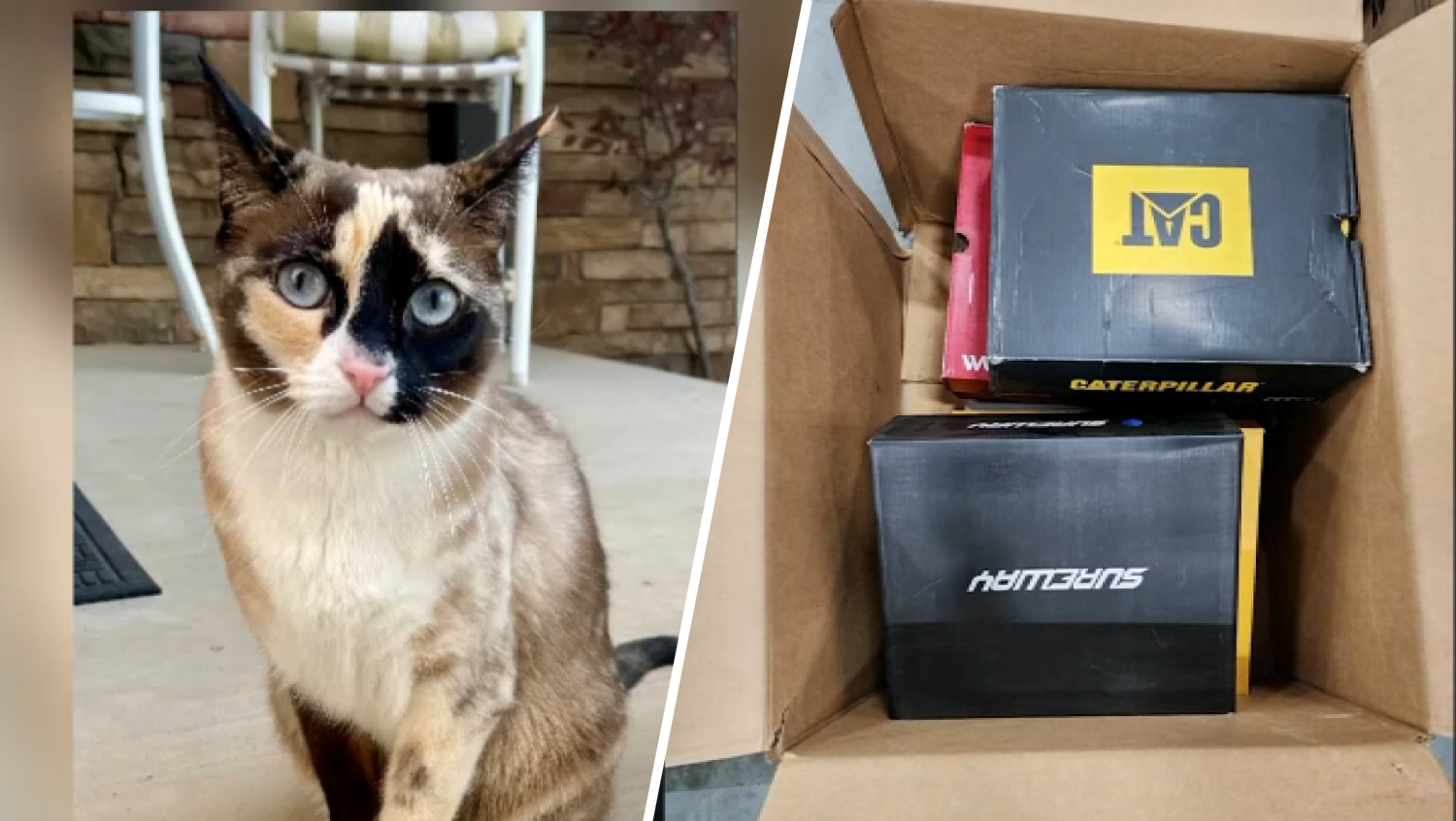What to Know
- Several celebrities shared a viral post saying 14 girls went missing from D.C. in a single day, but police say that's not true.
- "We have no evidence in any of these cases that anyone was kidnapped or is the victim of sex trafficking," a police commander said.
- All of the juveniles reported missing in 2017 thus far left home voluntarily, police say.
An Instagram post claiming 14 girls had disappeared in D.C. over a 24-hour period went viral across social media Thursday.
But that post is inaccurate. While the disappearance of any child is reason for concern, at no point in recent weeks have 14 girls disappeared from D.C. in a single day, police said Friday.
Since March 19, D.C. police have shared 22 missing person fliers on Twitter; 11 of these people were juveniles. As of Sunday, six of these juveniles had been found; five still were missing.
D.C. police have said there has been no increase in the number of missing persons in their jurisdiction. They're just sharing information in a new way.
"We've just been posting them on social media more often," Metropolitan Police Department spokeswoman Rachel Reid said.
Since implementing the tactic, Commander Chanel Dickerson, the new leader of the Youth and Family Services division, said the department has been able to close cases more quickly.
U.S. & World
But the increased social media attention has caused concern in the D.C. area, especially since most of the teens on the missing-persons fliers were black or Latino. D.C. has long had a large minority population and is currently about 48 percent black.
Derrica Wilson, co-founder of the Black and Missing Foundation, called the police department's new tactic “a blessing and a curse,” WAMU reports.
When News4 spoke with Wilson last year, she expressed concerns about the lack of attention missing people of color get from the media.
But despite increased attention in recent weeks, some of the information being shared on social media by celebrities and bloggers is inaccurate, increasing concern in the community but spreading falsehoods.
Here's what you need to know about children reported missing in D.C.:
What Exactly Is Happening in DC?
According to local police data, the number of missing child cases in the District dropped from 2,433 in 2015 to 2,242 in 2016. The highest total recently, 2,610, was back in 2001.
So far this year, the District has logged a total of 501 cases of missing juveniles, many of them black or Latino, according to the police department. All but a handful have been solved.
Twenty-two juvenile cases remained open as of March 24, according to the department's website. Police only had the photos of 13 of these youth, who are considered “critical missing persons.”
That number changes frequently. The police department updates the number of current missing person cases daily.
Does DC Have a Human Trafficking Issue?
All of the teens who have reported missing in 2017 left voluntarily, police spokeswoman Karimah Bilal said.
Dickerson said she thinks the department's new tactic has fueled concerns that teens in the city are being kidnapped.
"Because of the number of releases, there have been concerns that young girls in the District of Columbia are victims of human trafficking or have been kidnapped," she said.
There's no evidence to suggest that D.C. has a human trafficking problem, the police spokeswoman said.
"We look at every case closely to make sure that doesn't happen, but to my knowledge, that hasn't been a factor in any of our missing person cases," Bilal said.
So far, all of the juveniles reported missing 2017 left their locations voluntarily, she added.
"We don't have a epidemic of people being kidnapped or snatched on our streets, but we do have a lot of vulnerable children and families where children leave home. And what we're saying is, if they're out without the care of an adult guardian or a responsible adult, they're in danger and we need them to come home," D.C. Mayor Muriel Bowser told News4 on Sunday.
Then Why Am I Seeing This All Over Social Media?
Several high-profile accounts, including some belonging to celebrities, have shared graphics containing inaccurate information about the number of missing juveniles in D.C.
Actress Taraji P. Henson, rapper LL Cool J and hip-hop mogul Russell Simmons were among the celebrities who shared the post claiming that 14 girls had vanished in a single day.
Some people deleted their posts once they were made aware of the inaccuracies.
"When relaying information about this, we have to be careful we relay the correct info because these are all peoples little girls," singer Kehlani posted on her Instagram account after she deleted the inaccurate photo.
Why Do Teens Run Away?
A number of issues can factor into a child's decision to leave their home. According to the National Runaway Safeline, most of their callers identified family dynamics, peer and social issues or abuse as reasons why they left or were contemplating leaving.
"We need to find out the underlying reasons that so many young people in the District of Columbia have chosen to leave home voluntarily because they feel they have no other alternatives," Dickerson said.
Who Is Considered a 'Critical Missing Person'?
Police in D.C. define a “critical missing person” as any person under the age of 15 or over the age of 65.
The circumstances surrounding their disappearance can also result in a "critical missing" designation. Currently, 18 juveniles who were reported missing in 2017 have been listed as critical missing persons, according to the police department's website.
Why Were No AMBER Alerts Issued for These Juveniles?
Missing children have to meet a set number of criteria to have an AMBER Alert issued.
The Department of Justice recommends the following:
- There is reasonable belief by law enforcement that an abduction has occurred.
- The law enforcement agency believes that the child is in imminent danger of serious bodily injury or death.
- There is enough descriptive information about the victim and the abduction.
- The child is 17 years old or younger.
- The child’s name and other critical data elements have been entered into the National Crime Information Center (NCIC) system.
But none of the cases that are currently open in D.C. meet that criteria, police said.
"We have no evidence in any of these cases that anyone was kidnapped or is the victim of sex trafficking," Dickerson said.
What's Being Done to Help These Teens?
The police department's biggest push has been using social media to share information about missing people in the city. Dickerson said the department still needs the public's help.
"In order to find out the root cause of this issue and ensure that our runaway numbers decrease, then we have to work together," she said Friday during a Facebook Live broadcast.
Dickerson said adults should not let children stay in their homes without the permission of that child's parent.
"That's what we found in some cases. We found our missing persons in the home with other adults," she said.
Dickerson said anyone who sees a child out of school during school hours should get police involved.
"There may be some issues going on with that child," the police commander said.



